Tagged: social media guide
Relationships with celebrities and public figures on social media can be complicated, to say the least. They’re glamorous, rich, and doing their dream careers, but are also relatable and remind us that even the most extravagant of people are human. It’s a combination of helping us realize what we can achieve and what we can do with our lives, but makes it very easy to compare ourselves to those with makeup and stylist teams, not to mention making us vulnerable to developing parasocial relationships with them.
With the weather finally turning to colder, shorter days, I find myself more often scrolling on my phone aimlessly for hours. While social media can be a good outlet, I turn into a zombie after being on it for a while. I will sometimes then be in a funk the rest of the day, feeling very out of it and not wanting to do anything else that I wanted to originally get done that day.
How many social media platforms can you name off the top of your head? There’s Twitter, Instagram, TikTok, YouTube, Facebook, Snapchat, LinkedIn (yes, even LinkedIn), Discord, Twitch…the list goes on.
While it’s impossible to tell everyone that you’re following on any of your social media platforms what they should be posting, it can sometimes be tempting to. This is true now more than ever: there are common themes of the kinds of posts that you’ve likely seen on your feeds, and while some are more helpful than others, it can get overwhelming, stress-inducing, and quite frankly, just not the type of content that you want to see right now.
Recently, we talked about lashing out online and the effects it can have to other people that you’re interacting with on social media. We mentioned that since social media is mostly text, it can be hard for the person you’re talking to to fully understand how you’re feeling, and your words can feel even harsher without a face behind it. This week, we wanted to talk about being on the other side.
TikTok is unavoidable these days. The content on the app varies widely and probably includes almost anything you can imagine. There are viral dance routines, comedy, people sharing interesting stories, a woman who packs cute lunches for her kids, and we think all of us have seen the man skateboarding to Fleetwood Mac while drinking cranberry juice.
The Internet is both a blessing and a curse. It gives us access to any information from any part of the world, allows us to talk and develop relationships with people we may have otherwise never encountered offline, and is always, always available.
Using social media can feel like a mindless activity. Most of the time, we’re opening apps and scrolling as if on instinct, and before we know it, it’s been an hour of alternating between apps and retaining absolutely nothing about what you just saw and who you interacted with. Using social media is a way for our minds to go on autopilot, spending time on your phone to kill time in line, in class, and when you’re lying down to put off going to bed.
With more and more people opening up about their mental health online, you may find yourself thinking about a few things. You may feel proud of them for opening up about their struggles on a large platform, or you might feel comforted and feel less alone that someone you know also has struggles with their mental health. You might think about how social media is helping reduce the stigma about mental illness by giving many the opportunity to write about what they’re going through too.
Have you ever wanted to try going off the grid for a while, or even just wanted to see what happens if you didn’t have your phone on you, period. There are a number of benefits, but the effects aren’t always positive. Regardless of the situation, have you ever found yourself itching to use your phone when it wasn’t on you?

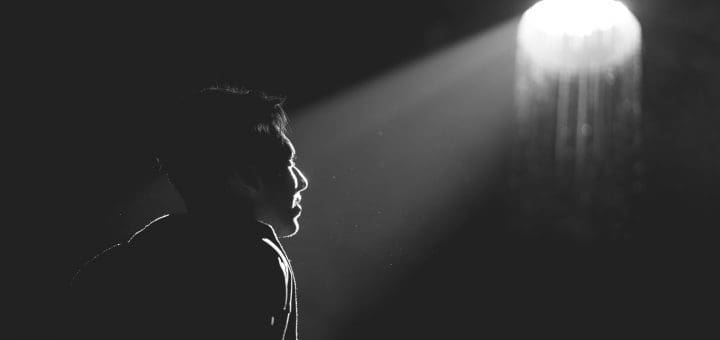
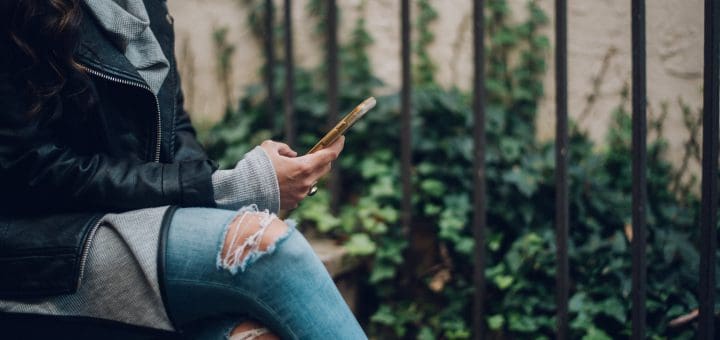
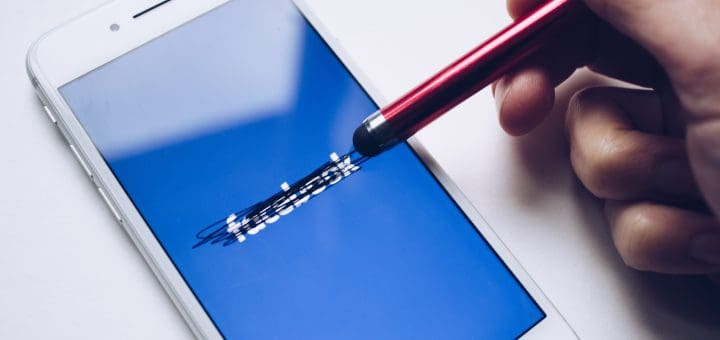

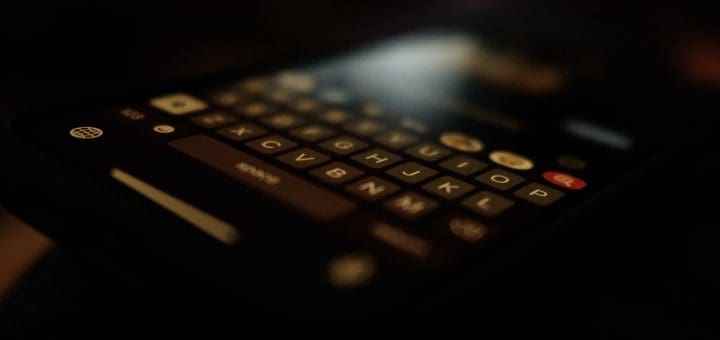



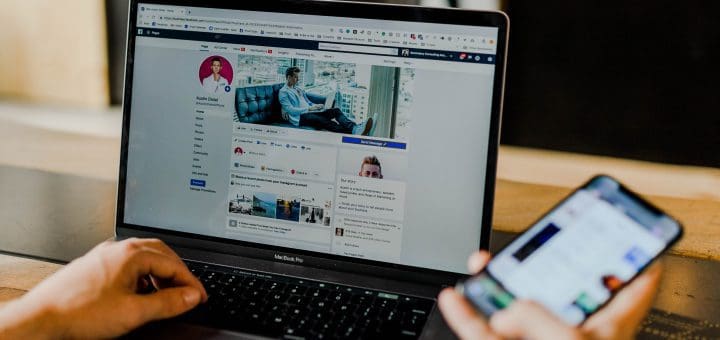
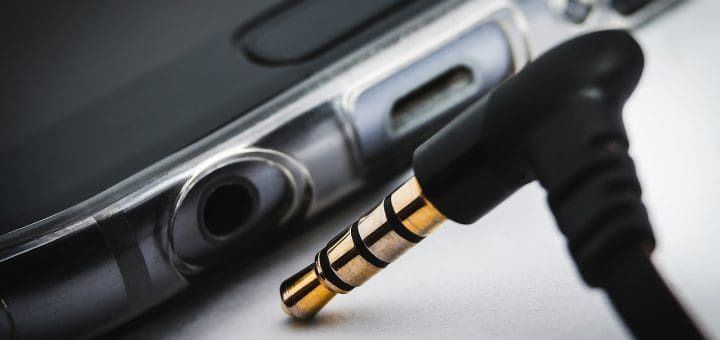
Recent Comments